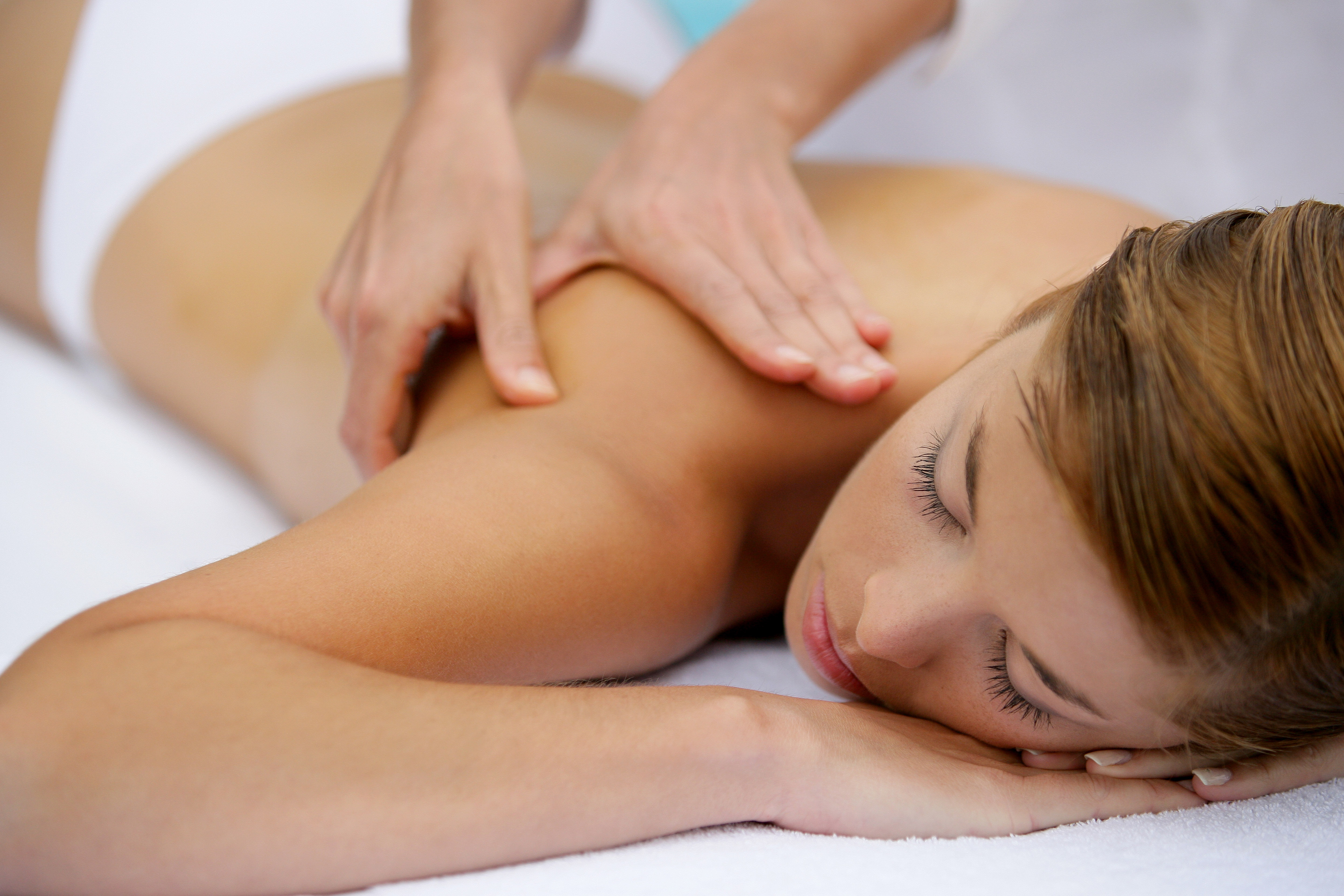It has been estimated that at some point during their lives, four out of every five people will suffer from some sort of back pain. Somewhat strangely, this may occur more between the ages of 35 and 65, but this may be a result of an individual’s occupation. In fact, it has also been reported that back pain is the second most common reason people in the UK visit their GP’s, with some 7 million visits a year.
Back pain can be as little as a problem lasting 24 – 48 hours or it can be a severe problem lasting for years. In many cases, the GP will send the patient for physiotherapy and prescribe anti-inflammatory medication. In a lot of cases simply resting and taking medication can make a big difference, but in others, it doesn’t. This may be why more and more people are seeking alternative forms of treatment such as massage and acupuncture.
People who play sports, athletes, dancers, and so on, have a tendency to put pressure on certain groups of muscles which causes repetitive strain, and they may also take part without proper warming up or cooling down and stretching exercises. It may also seem somewhat odd, but people who remain in one position for long periods may also suffer – such as people who play in an orchestra either sitting or standing, for example, who can suffer from postural imbalance.
One treatment which has been proven to work extremely well for these problems over the last few years is what is known as myofascial release. This is an overall term for a range of techniques that involve stretching the body tissues in a specific direction and building up to a point of resistance. The pressure from the therapist is then maintained for perhaps a minute or a minute and a half which allows the tissue to relax and effectively stretches the muscle unit. It has been proven to be a very effective method of softening, stretching, and freeing up the connective tissues and can be astonishingly effective in relieving muscle pain and restoring a postural imbalance.
Here at Acubody, our therapists use myofascial release techniques and often encourage the client to engage in the movement at the same time. Initially, we will advise the client on what and how to move, but clients often also find movements themselves which feel good, and we encourage them to use them.








